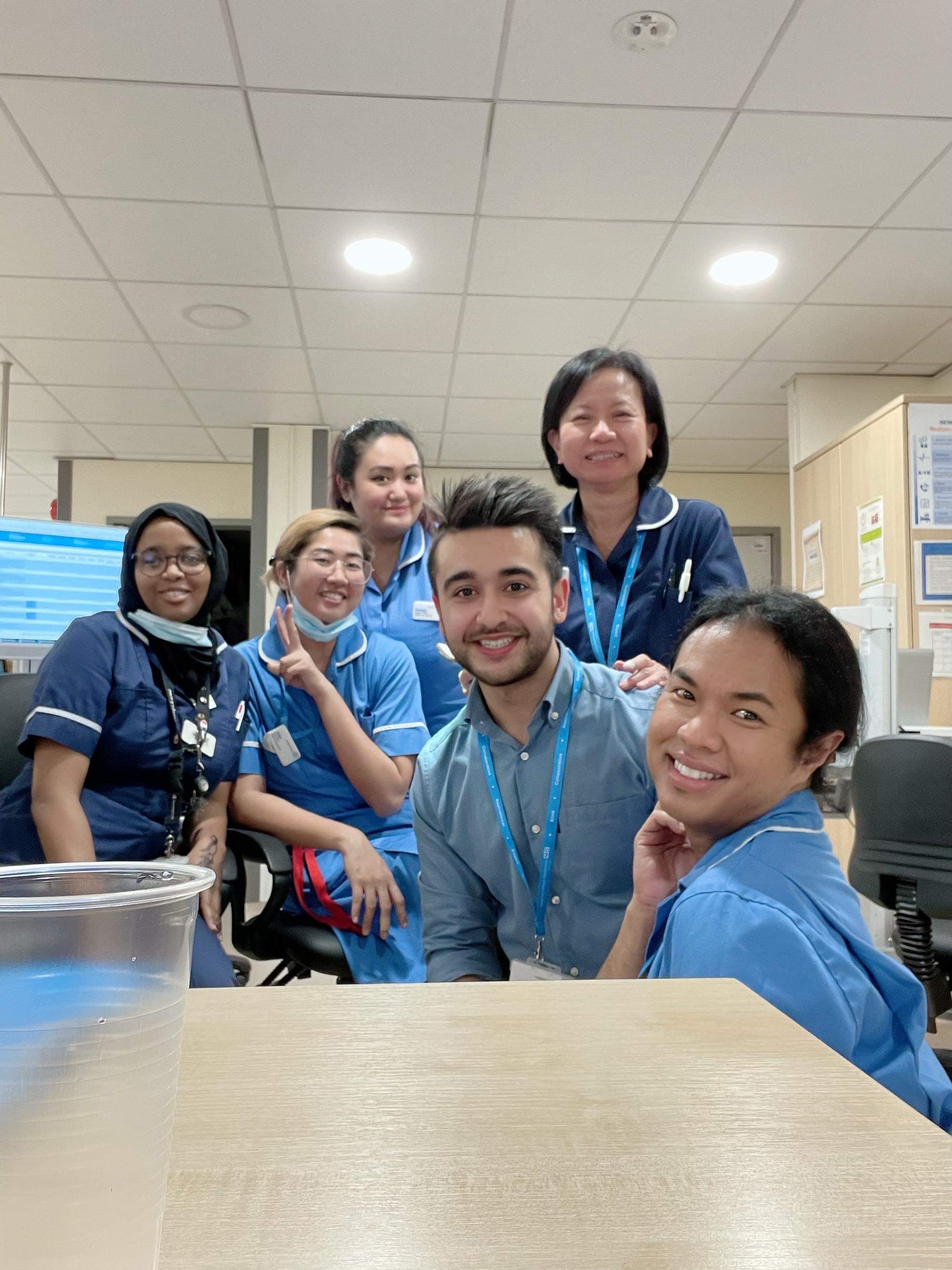Rotation in medicine – a new challenge
Dear Friend,
I hope you’re enjoying the good weather this weekend. While many of you are on your summer holidays, for junior doctors like me, this week marks the end of our academic year. I will be completing my first year of Internal Medicine Training (IMT1) and moving on to IMT2. This transition means I’ll be rotating from my rheumatology placement to respiratory medicine. Similarly, thousands of doctors nationwide will be switching specialties, hospitals, and even homes.
Although moving to a different specialty or hospital can bring new opportunities and is a natural progression, it can also be a stressful time. How will you adjust to a new team? A new hospital? Perhaps even a new city? For all the new doctors starting their journeys, this experience can be particularly daunting (more on this in next week’s newsletter).
That’s why, this week, I wanted to share some tips I’ve gathered from my experience of rotating specialties to make the transition less intimidating and more enjoyable.

Arrange a Farewell Social
A wonderful way to conclude a rotation is by organizing a social event with your team. Over the past 4-6 months, you might not realize how much time you’ve spent with these colleagues, so it’s nice to interact outside of the workplace. The photo above was taken on my last day of a surgical rotation during my foundation years, and we went out for a meal afterward. It was a delightful experience learning more about the team, especially the nurses, who we often just end up directing as doctors. Ending on a high note boosts your confidence and helps you enter your new rotation with a positive mindset.
Avoid Taking Annual Leave Immediately
This is a personal opinion, and you may not agree. Whenever I start a new specialty, I try not to take annual leave for the first month. My goal is to be present and make a strong first impression, which is hard to do if I’m absent. From my experience, showing your seniors how competent and committed you are helps the rest of the rotation run more smoothly. Once you’ve earned their trust and respect, they tend to be more generous in granting annual leave and study leave requests.
Remember It’s a Marathon, Not a Sprint
While it’s important to make a good impression, remember that your rotation lasts 4-6 months. You shouldn’t expect to know everything on your first day. If you’re in foundation years or medicine training, the key word is “training.” These are training posts, even though it might not always feel like it. The goal is to have the necessary skills by the end of the rotation to progress and meet your competencies. Much of this will come with time, so if you’re struggling after the first month, remember you have plenty of time to improve.
Keep an Open Mind
When starting a new department, there’s a tendency to seek information from others about the job and seniors. “Are the consultants nice?” “Is anyone difficult?” While it’s useful to ask the current team for tips, be cautious when asking for their opinions about other doctors, especially your seniors. I recall joining my current rotation with warnings about the workload and some seniors, but my experience has been terrific. Approach with a clear mindset and form your own opinions.
Summary
I hope these tips are helpful. The final piece of advice is to remember you’re not alone. Thousands of doctors across the country are in a similar position, so take comfort in that. In many ways, treat it like freshers’ week at university (minus the drinking), and by week two or three, you’ll be so ingrained in your new role that you’ll have forgotten all the stress.
Enjoy your last week and best of luck with your new jobs.
See you next week!
Drug of the week
Romosozumab
This is a monoclonal antibody sclerostin inhibitor used to treat osteoporosis in postmenopausal women at high risk of fracture.
It works by blocking the action of RANK ligand. is a monoclonal antibody which blocks the action of RANK ligand.
Romosozumab works by speeding up the cells that build bone (osteoblasts), and slowing down the cells that break down bone (osteoclasts). This helps to prevent bone loss.

A Brain Teaser
An 85-year-old female is admitted under the general medical unit with acute thoracic back pain from a T6 crush fracture following a fall. She has a past history of systolic heart failure, depression and osteoporosis.
Her regular medications included aspirin, frusemide, spironolactone, bisoprolol, sertraline and calcium, vitamin D and weekly alendronate. These are continued throughout her admission.
Two days into her admission, the nurses note that she is agitated and a bit confused.
On examination, she looks flushed and is tachycardic with a heart rate of 120 beats/min and is hypertensive with a blood pressure of 185/70 mmHg, but is afebrile. Both her pupils are mildly dilated, she is mildly tremulous and is noted to have deep tendon hyperreflexia with easily inducible clonus.
Use of which of the following analgaesic medication could explain her current symptoms?
A: Paracetamol
B: Ibuprofen
C: Oxycodone
D: Tramadol
E: Hydromorphone
Answers
The answer is D – tramadol.
Serotonin syndrome is a disorder characterised by serotonin excess, usually due to the use of 2 or more serotonergic drugs. Manifestations of the syndrome include changes in mental status, neuromuscular changes and autonomic overactivity. Clinically, this can be observed as hypertension, tachycardia, flushing and sweating, hyperflexia, clonus and muscle rigidity. Other potential signs include fever and changes in mental status, including agitation.
Serotonergic drugs that are associated with serotonin syndrome include tramadol, selective serotonin reuptake inhibitors (SSRI), monoamine oxidase inhibitors (MAOI), triptans and St Johns wort.
The management of serotonin syndrome involves discontinuation of all serotonergic drugs and supportive care. If required, benzodiazepine can be administered to control agitation. In moderate to severe cases, 5-HT antagonists (e.g. cyproheptadine and chlorpromazine) are sometimes administered.




